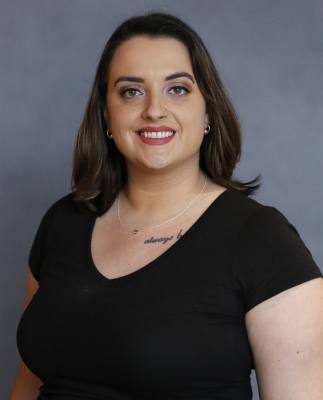“[COVID-19] hasn’t suddenly disappeared in Texas,” Abbott said during the press conference, “but we are now armed with the personal safety standard and some medical advancements that can ensure we can continue to tame [COVID-19] until more treatments and vaccines become available.”
Relying most heavily on hospitalization data will help distinguish the severity of the coronavirus pandemic between regions of Texas, since not all parts of the state are being impacted the same way by COVID-19, Abbott said Sept. 17.
Officials determined that a “fair and reliable metric” for reopening is whether or not the total number of COVID-19 hospitalizations in a region exceeds 15% of the region’s overall hospitalizations.
For regions where the number of COVID-19 hospitalizations does not exceed 15% of the total hospitalizations, the following businesses can reopen at 75% capacity as early as Sept. 21.
- Retail stores
- Restaurants
- Manufacturing centers
- Office buildings
- Museums
- Libraries
- Gyms
Also announced Sept. 17: Nursing home and long-term care facilities will be allowed to reopen for visitation as early as Sept. 24, provided that the facilities do not have ongoing COVID-19 outbreaks and that visitors and staff are complying with health protocols.
All of those facilities are now opening for essential caregiver visits so they can prepare for a full reopening to visitors in the coming weeks, Abbott said, adding that protecting Texans over age 70 from the coronavirus is still a high priority.
“Without vaccines available, containing [COVID-19] is a challenge, but Texans have already shown that they are up to that challenge,” Abbott said at the press conference.
Although bars can reopen as restaurants based on Texas Alcoholic Beverage Commission guidelines, traditional bars are not yet permitted to begin reopening since they are “nationally recognized as [COVID-19]-spreading locations,” Abbott said Sept. 17.
Restaurants are also at risk of losing their licenses if not following appropriate health and safety regulations, including diners wearing face coverings at all times unless they are seated and eating a meal, he said.
Since July, the state has been on a steady downward trend with coronavirus cases and hospitalizations: The number of new cases has been cut in more than half, and hospitalizations have been cut by more than two thirds, Abbott said. Sept. 16 saw the lowest number of new hospitalizations of any day in the last three months, he added, and the number of recoveries also continues to increase.
“Doctors have explained that the biggest reason for these improvements is that Texans are taking [COVID-19] seriously,” Abbott said. “Personal vigilance is the best way to keep down the number of [COVID-19] cases.”
The higher the number of COVID-19-related hospitalizations, the more excessive the spread of the virus is in that region, officials said at the press conference. Once a region has seen seven consecutive days where the number of COVID-19 hospitalizations does not exceed 15% of the total hospitalizations, reopening at greater capacity is permitted.
Texas Lt. Gov. Dan Patrick and John Hellerstedt, commissioner of the Texas Department of State Health Services, were among the state officials to join Abbot at the press conference.
Hellerstedt, who said he has lost a close personal friend to COVID-19, emphasized the importance of preventative habits and of taking into consideration how the pandemic spread over the summer.
“The thing that the summer taught us was the ... loss of life that COVID-19 can cause,” Hellerstedt said.
A gradual, sustainable and strategic reopening approach will help Texans return to jobs and schools while also protecting them from the coronavirus, Abbott said. The state is expected to see a “massive increase” in testing very soon, officials said Sept. 17, with the state scheduled to receive millions of rapid tests per month.
“Let's continue to work together so Texas can lead the nation in reopening our state,” Patrick said.





